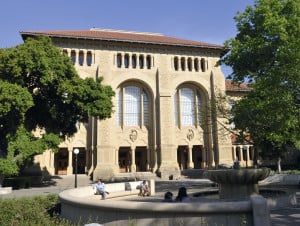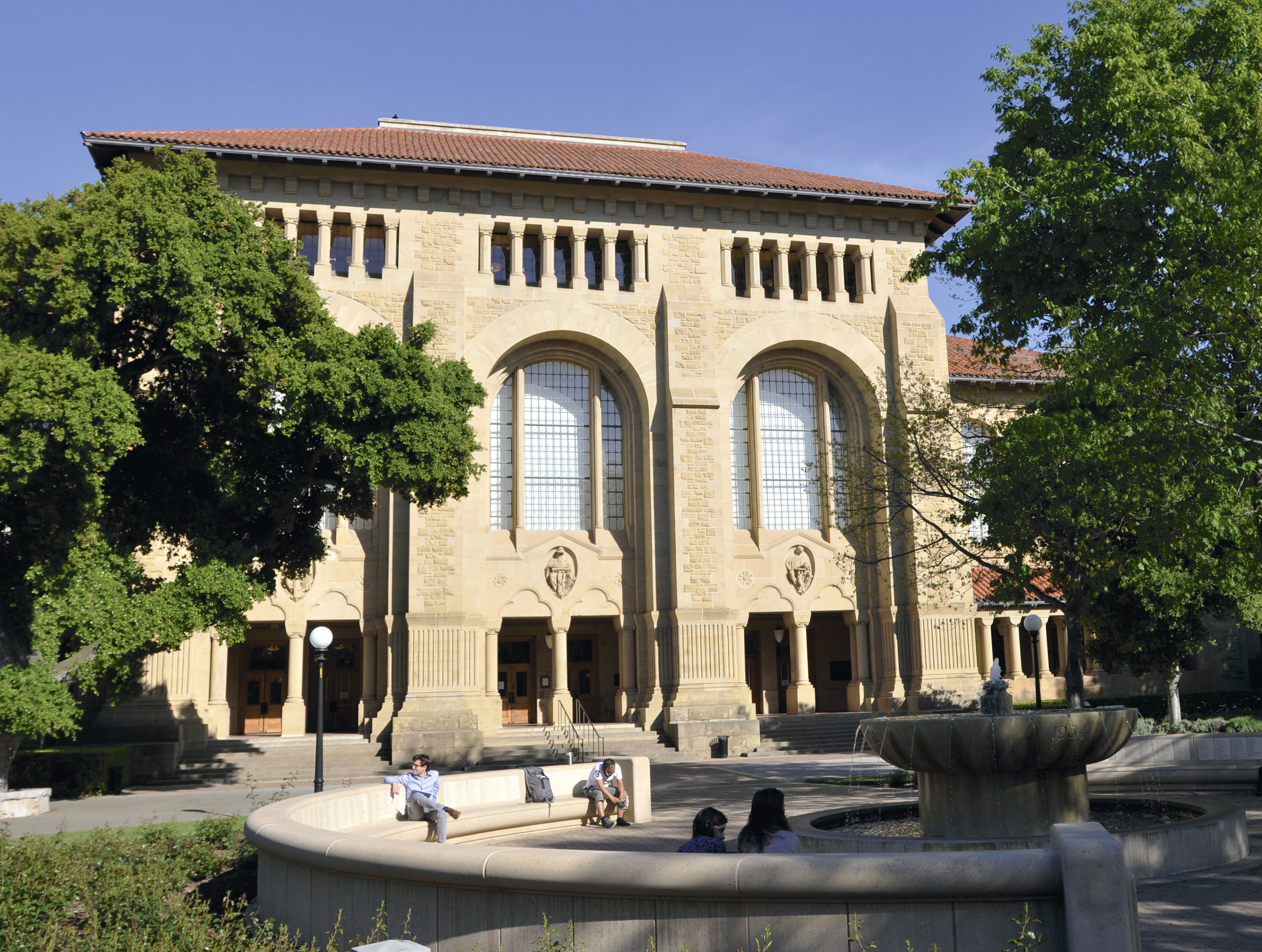Hidden away in the basement of Green Library’s East Wing, Stanford’s Media and Microtext Center’s treasure trove of audio-visual and microfilm resources offers students and faculty opportunities for research, gaming and plenty in between.

According to Laszlo Jakusovszky, the center’s operations manager, between a dozen and 200 students visit the center each day, with demand surging mid-quarter and during finals season as students do research for papers. Students from the film and language departments, in particular, have access to a wealth of materials on reserve every quarter for required or suggested viewings.
Beyond its academic function, however, the popular conception of the center is that of a free video-rental collection from which students can check out recent films for a three-day period. That collection, which includes formats as dated as VHS and as recent as Blu-Ray, recently reached the milestone of having 30,000 DVDs in its collection, a number that—according to Jakusovszky—is growing exponentially.
Molly Weigent-Hayes ’97, who has cumulatively worked for 10 years at the center—starting in her undergraduate years at Stanford —also vouched for the film collection’s growth.
“It used to take three months to fill a shelf range, and now we fill a whole bookshelf in a week,” Weigent-Hayes said. “We get films from all over the world and I think that’s really great for the foreign population at Stanford.”
This abundance of resources is not lost on students using the center.
“I have only ever once looked for a film they didn’t have, so their selection is pretty good,” said Samuel Gibson Ph.D. ’13.
Even so, many of the center’s additional features—such as their microprint collection, video game console area and VHS, DVD and Blu-Ray viewing stations—remain largely unknown to students.
Hayden Rodarte ’13, who works at the center, attributed that low profile to the center’s hidden location.
“If you don’t take a library tour or hear about it from someone, you won’t know it exists unless you come here for a class or something,” Hayden said.
Jakusovszky also noted the increased use of the video game area—which includes Xbox 360s, PlayStation 2s and Nintendo Game Cubes—by professors.
“Gaming is one of these areas which is becoming a scholarly pursuit too,” Jakusovszky said. “We’ve had classes come in and actually demonstrate video games to the class.”
Hope Burke ’14 said that she initially used only the movie portion of the center. In her current position as a research assistant for a history professor, however, she will be spending several hours a week for the next three weeks examining microfilm.
“Most people use the center just for the movies, for entertainment,” she said. “But once you see the other side of it, you see how valuable it is.”
“They have so many microfilms that you could never imagine them having—I wish more people knew how valuable they were as an academic resource,” Burke added.
Jakusovszky noted that faculty members also conduct a lot of microfilm research, given many materials are still only available in that form.
“There’s this common perception that you can just go online, or if you use some of our e-books and library websites [that] you can get everything. You actually can’t,” Jakusovszky said. “There are complete newspaper runs and scholarly articles that are only available on microfilm, so faculty and students actually use that collection quite a bit.”
Jakusovszky downplayed the significance of some of the resources’ less-intensive usage, noting the broader purpose of compiling such materials.
“Part of the mission of the library is also to archive material. It’s not necessarily just to have materials that are currently in use, because when that format changes, some things can be lost,” he said. “We’ll probably do some preservation work, but there’s no plan to move them.”
